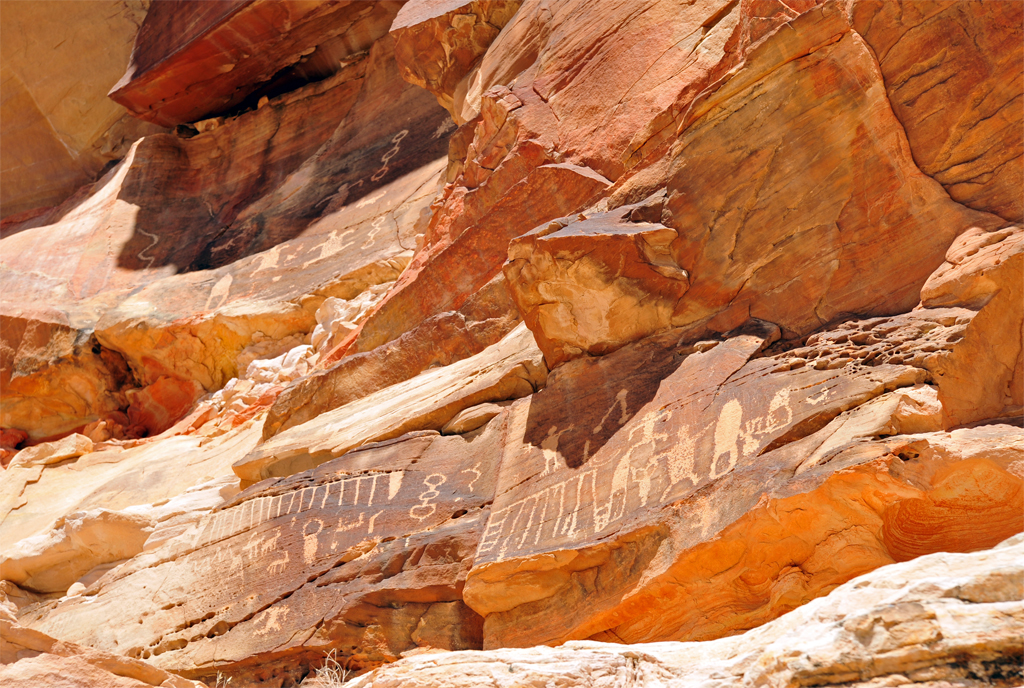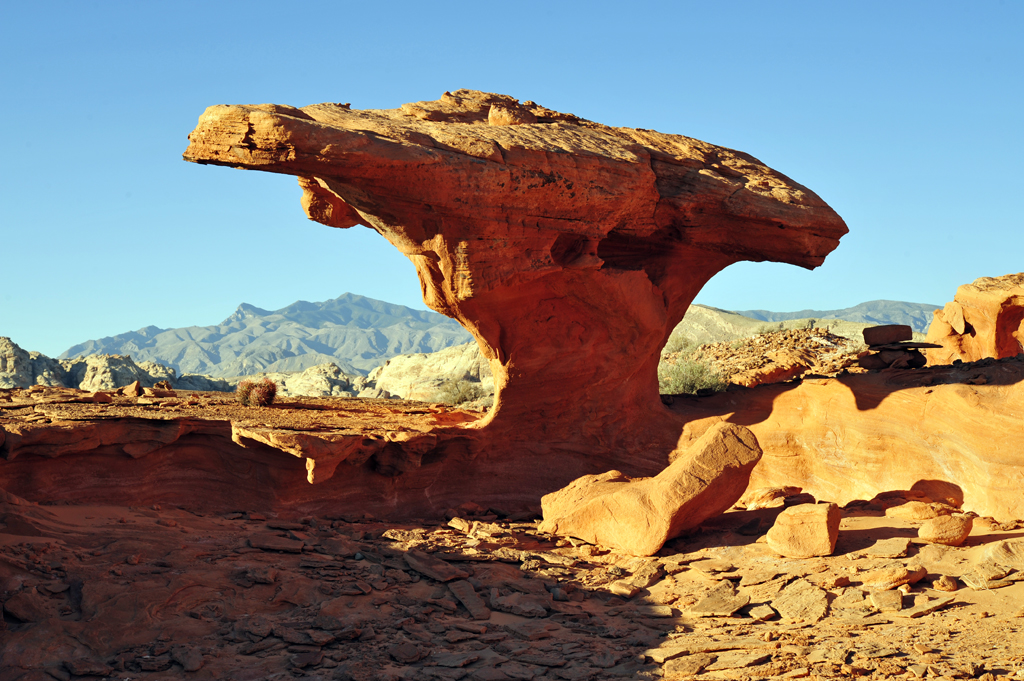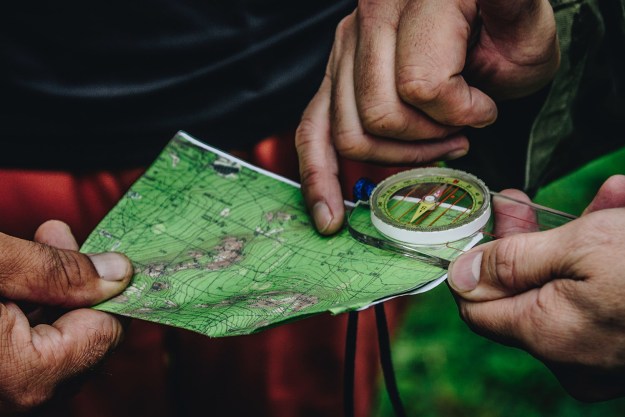On December 28, 2016, President Barack Obama announced the designation of two new National Monuments in the American West: Bears Ears and Gold Butte.
Bears Ears, a distinctive pair of twin buttes in Southeastern Utah that rise 2,000 feet above the surrounding desert plateau, are home to over 100,000 archaeological sites (the majority of which have never been inventoried or studied), including 3,500 year old Puebloan dwellings and other locations held sacred by the area’s local Native American Tribes. For years, this area has faced looting of archaeological and sacred sites, un-managed off-road vehicle usage, and several fierce attempts from oil and gas companies to develop and exploit the land for the fossil fuels that lie below its surface.
Gold Butte, located in Southeastern Nevada, has faced many of the same destructive environmental encroachments that Bears Ears has, which, if left unchecked, would have proved disastrous for the habitats of the endangered desert tortoise, desert bighorn sheep, Joshua trees, and the Mojave yucca forest that call Gold Butte home. Much like Bears Ears, Gold Butte is also home to numerous Native American artifacts and petroglyphs (rock art).
- 1. Prehistoric Granary overlooks Cedar Mesa. Photographer: Josh Ewing
- 2. The Bears Ears Buttes framed with summer wild flowers. Photographer: Tim Peterson
- 3. Joshua Trees at Gold Butte National Monument.
- 4. Native American petroglyphs at Nevada’s Gold Butte National Monument
- 5. Mushroom Rock at Gold Butte National Monument.
These two stunning and valuable landscapes have been added to Obama’s previous roster of newly declared national monuments including the Stonewall Inn, Northeast Canyons and Seamounts Marine National Monument, Honouliuli in Hawaii, and the Harriet Tubman Underground Railroad National Monument in Maryland.
But before Obama designated Bears Ears a National Monument, Patagonia, the iconic outdoor outfitter, worked for two years with the Bears Ears Inter-Tribal Coalition (made up of members of the Hopi, Navajo, Ute Mountain Ute, Pueblo of Zuni, and Ute tribes), Friends of Cedar Mesa, and Utah Dine Bikeyah to support the eventual designation of the area as a national Monument. The campaign to preserve Bears Ears began with Patagonia’s film Defined by the Line, a documentary about conservation activist Josh Ewing who transformed his love for climbing into a passion for environmental protection.
But Patagonia wanted to do more. So, in an effort to expand awareness of this beautiful and sacred landscape, Patagonia began extending environmental grants to local activist groups and communities, and used its own brand clout to call for the state of Utah to further protect the wilderness area. And thanks in no small part to Patagonia and its coalition of land-protectors, that work has finally paid off with President Obama’s recent designation.
“In protecting Bears Ears, the president recognizes the leadership and historyic vision of the Bears Ears Inter-Tribal Coaltiion reprsenting five tribes, and the strong grassroots support from climbers and conservation groups,” said Patagonia CEO Rose Marcario. “We are witnessing the power of community activism, and we thank President Obama for listening and taking action.”
“People ahve been scaling rocks in Bears ears for 12,000 years, ” said Patagonia’s Access Fund Executive Director Brady Robinson. “We modern climbers are simply following the routes of those who cared for this sacred land for generations until outsiders brought new threats. Now, Bears Ears is being returned tot hose who treasure it so we can all enjoy this incredible place forever.”







